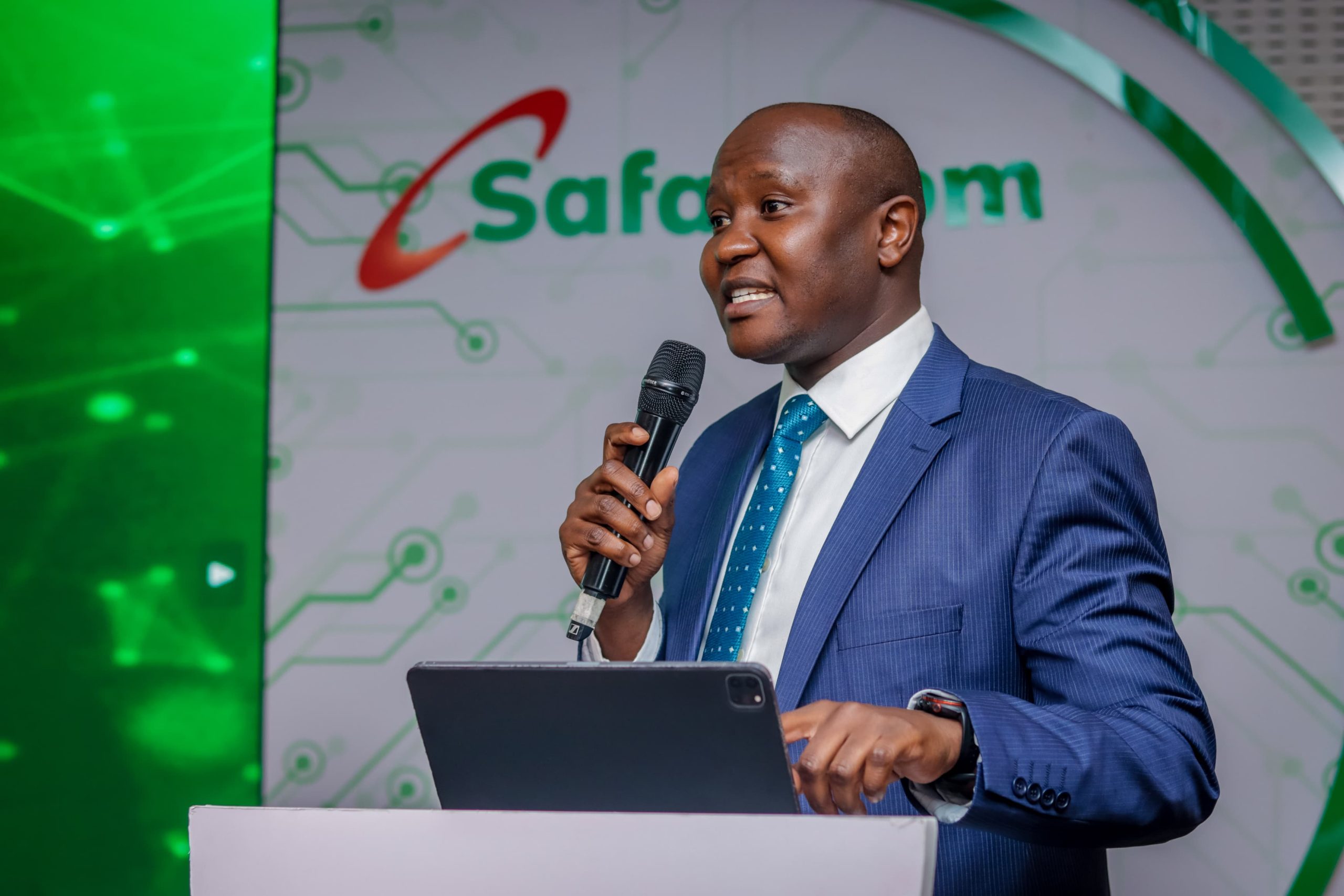M-PESA Set for Major Platform Overhaul on Sept. 22: What Users Need to Know

Safaricom, Kenya’s leading telecommunications provider, is set to undertake its most significant M-PESA overhaul since the service’s inception in 2015. The migration, scheduled for September 22, will transition the mobile money platform to a new core system dubbed “Fintech 2.0.” This crucial upgrade is poised to impact over 50 million M-PESA customers across Africa, aiming to enhance transaction processing capabilities, mitigate outages, and accelerate the deployment of new features.
To ensure a smooth transition and minimize service disruption, more than 210 engineers in Kenya are spearheading the migration, supported by over 100 international specialists. Safaricom has allocated a three-hour upgrade window during off-peak hours, which it believes is sufficient to transfer customer data, conduct live tests, and restore services before the surge of morning activity. During this specific period, M-PESA services, including all payments and airtime purchases, will be temporarily offline.
The move to Fintech 2.0 is a strategic response to the current system operating near its design limits. The existing core processes approximately 4,500 transactions per second, despite being engineered for a maximum of 5,000. In contrast, the new Fintech 2.0 platform is cloud-native and leverages microservices architecture. It is designed to handle 6,000 transactions per second upon launch, with the capacity to scale up to 12,000 as demand intensifies, as confirmed by Felix Rop, head of financial services technology, on September 19. This significant upgrade is expected to enable M-PESA to manage peak loads without service interruptions.
Importantly, Safaricom has developed the new M-PESA cloud infrastructure locally, addressing a long-standing call to retain customer data within Kenya. This builds on a previous initiative in 2015, the “bring M-PESA home” project, which saw the platform migrate from data centers in Germany to Kenya. While M-PESA’s existing core runs on Huawei Cloud, processing 21 billion transactions annually, Fintech 2.0 introduces a second layer. This new layer is hosted on a local, cloud-agnostic setup featuring an active-active architecture across multiple sites, guaranteeing enhanced service availability and resilience.
The upgrade is also part of a broader collaboration involving Microsoft and Vodafone. Microsoft is supporting the initiative by hosting M-PESA workloads on Azure, facilitating the launch of new applications, and providing AI tools to bolster fraud detection and preempt network issues. Vodafone, on its part, is committing $1.5 billion over the next decade to develop AI solutions that will be deployed across all M-PESA markets.
For users, the shift to microservices means Safaricom can now update individual components without necessitating a complete system shutdown. According to Esther Waititu, chief financial services officer, this will translate into fewer interruptions during upgrades and improved response times when technical issues arise. Safaricom asserts that this upgrade is pivotal in ensuring M-PESA’s relevance for the next decade, especially as more services transition to digital platforms. Currently, M-PESA facilitates payments, credit, savings, remittances, insurance, and e-commerce across various African markets.
This migration represents a high-stakes undertaking, given that even a brief disruption can profoundly affect the millions of individuals and businesses that rely on M-PESA daily. By scheduling the work overnight, Safaricom aims to minimize the impact while simultaneously laying the groundwork for its next phase of growth. Extensive testing, including a full migration test before going live, provides confidence that customers will experience seamless service and faster response times post-upgrade.
Recommended Articles
AI in Africa: Opportunity for Growth or Threat to Jobs?

AI is reshaping the world — but what does it mean for Africa? Is it an opportunity for innovation and growth or a loomin...
Trump's $100k H-1B Visa Fee: African Tech Workers Barely Scathed?

President Trump's executive order imposing a $100,000 H-1B visa fee is set to reshape global tech hiring, primarily impa...
M-KOPA's African Revolution: $2 Billion Credit Built for 7 Million in 15 Years

M-KOPA, a leading pan-African fintech, has impacted over 7 million customers by unlocking $2 billion in credit, transfor...
African Fintech Milestone: Carbon Pioneers iOS App as First Digital Lender!

Carbon, a leading digital financial services company in Nigeria, has made history by launching its iOS app, enabling ful...
Digital Revolution: Visa Puts Nigeria at Forefront of Africa's Payment Future

Visa is strategically expanding its digital payment ecosystem in Nigeria, leveraging its youthful population and dynamic...
You may also like...
Tottenham's £60m Gamble: Forest Threatens Legal Action Amid Gibbs-White Medical

Tottenham Hotspur is on the verge of signing Nottingham Forest midfielder Morgan Gibbs-White for £60 million, but the de...
Hell's Bells! 'Hazbin Hotel' Season 2 Trailer Drops, Bringing Back a Fan-Favorite Character from the Dead!

Prime Video's official trailer for <i>Hazbin Hotel</i> Season 2 offers a deep dive into the upcoming conflict between He...
The Whole Gang Returns: 'Everybody Loves Raymond' Celebrates 30 Years with Epic Reunion Special!

Thirty years after its debut, “Everybody Loves Raymond” is set to air a special reunion on November 24 on CBS and Paramo...
Explosive Revelation: New Footage Exposes Morgan Wallen's Initial Denial in Chair-Throwing Scandal!

Newly released police video footage shows country music star Morgan Wallen initially denying throwing a chair from a Nas...
Janet Jackson Joins Elite Club: Cardi B Fuels Historic 5-Decade Hot 100 Milestone!

Janet Jackson makes Billboard Hot 100 history by charting in a fifth distinct decade with her feature on Cardi B’s new t...
Royal Family Scandal: Meghan Markle's Father Reportedly Trapped in Philippines Apartment

Meghan Markle's father, Thomas Markle Sr., was trapped in a building after a 6.9-magnitude earthquake struck the Philipp...
Shocking Twist: British Boyband Member Accused of Assaulting Woman and Child

Multiple public figures in the UK are under scrutiny for alleged assaults and domestic abuse. An unnamed British boyband...
Act Now! BellaNaija's Vital #StopHPVForHer Campaign Demands Attention

BellaNaija has launched the #StopHPVForHer Campaign to combat cervical cancer by raising awareness about Human Papilloma...